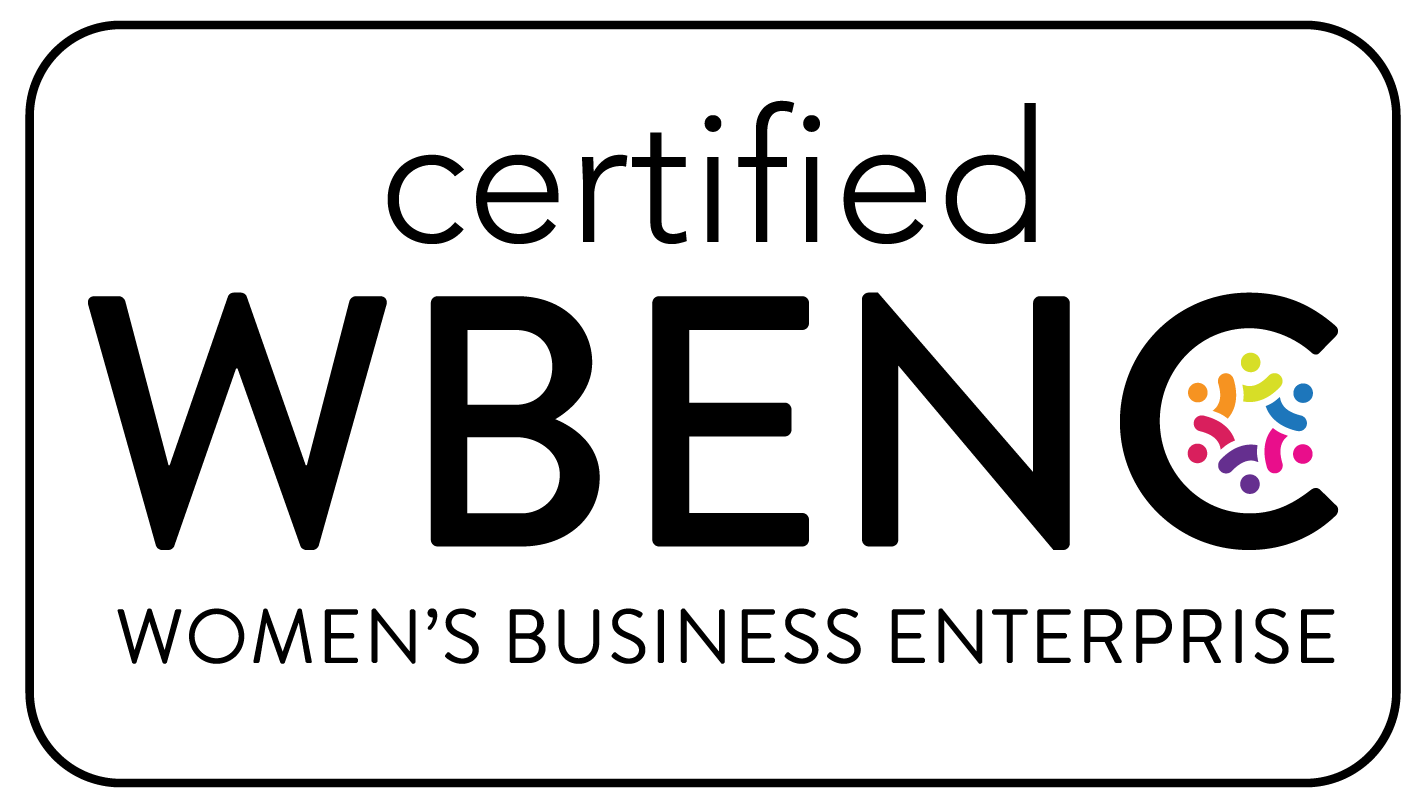A Blueprint for Productive and Respectful Safety Discussions

To effectively run a safety program, safety managers need to be able to navigate challenging discussions. Read on to learn five guidelines to follow.
Author: Lisa Fade
November 7, 2023
In our previous blog, Beyond the Rules: Strategies for Successful Safety Management, OSCAsafe discussed three key elements that help lay the foundation for a safer workplace. In this follow-up blog, we delve deeper into effective communication.
Handling Challenging Conversations is Key to Successful Workforce Safety
When communicating about safety, clear guidelines, open dialogue, and respectful discussions are pivotal in ensuring a safe work environment. However, achieving this goal requires navigating challenging discussions. This includes addressing issues such as unmet expectations, procedural lapses, or incidents resulting in equipment damage or injury to personnel. For safety managers, addressing difficult conversations is not just a skill; it’s a crucial responsibility. Here are the five guidelines the experienced safety professionals at OSCAsafe recommend you follow for successfully and respectfully managing challenging safety conversations.
Five Guidelines to Handle Tough Safety Conversations
#1 Prepare for the Conversation
Adequate preparation sets the stage for a constructive dialogue. These are some steps you can take before initiating a difficult safety discussion:
Define your objectives. Do you want to address a specific safety concern, provide feedback on the employee’s performance, or coach them on compliance with safety regulations? Having a clear purpose will help you maintain focus during the discussion.
Gather relevant information. This could include gathering documentation of an incident, interviewing witnesses, reviewing safety policies and procedures, or evaluating the employee’s past performance.
Anticipate potential reactions. Some employees may become defensive or upset, while others may be reluctant to talk. Be prepared to address these reactions calmly and respectfully.
Select an appropriate time and location. Avoid having the conversation in a public area or during a busy time of day. Establish a secure and private environment where you can focus on the conversation without distractions, and the employee can openly voice their concerns.
#2 Structure the Conversation
Establish a positive tone for the discussion with a clear and respectful opening. Maintain your composure and ensure the discussion remains centered on resolving the specific issue at hand.
Clearly state the purpose of the meeting. Focus on the facts of the situation and any specific concerns.
Support your statements with concrete examples. Avoiding accusatory language, use specific incidents or recurring behaviors to illustrate your points.
Encourage the employee to share their perspective. This is an important opportunity for you to learn more about what happened and understand the employee’s point of view. Listen carefully to what they say, ask for clarification as needed, and be open to questions throughout the discussion.

#3 Active Listening and Empathy
Utilize active listening to show the employee that they have your full attention. Make a genuine effort to understand their perspective and emotions.
Non-verbal cues. Maintain eye contact and nod your head to show you are paying attention.
Active listening techniques. Avoid arguing or raising your voice. Paraphrase what the employee says and reflect their concerns to confirm that you understand them correctly.
Be compassionate. Imagine how you would feel in their position. Acknowledging their emotions fosters a supportive environment that encourages open communication.
#4 Seeking Solutions and Agreement
Work together to develop mutually beneficial solutions to the safety concern. The goal is to prevent similar incidents from happening in the future.
Consider diverse options and alternatives. The employee may offer valuable insights and suggestions. Involving them in the problem-solving process can reveal potential obstacles or concerns. Be open to new ideas and be willing to compromise.
Clearly define expectations and outline next steps. Ensure both parties have a mutual understanding of what needs to be achieved to avoid confusion and provide a clear path forward. Establish a concrete plan for addressing the issue, with a timeline and specific actions to take.
Document any agreements and action plans. Written documentation not only provides a tangible record of commitments made during the conversation but also serves as a reference for tracking progress and ensuring accountability.
#5 Follow-Up and Support
Following a challenging safety conversation, reiterate your dedication to your employee’s safety and well-being. Develop a plan for assisting them in implementing the agreed-upon changes.
Schedule follow-up meetings. This allows you to monitor the employee’s progress and offer support to demonstrate your commitment to improving their safety performance.
Offer resources and assistance. Provide any additional training, support, or resources they may need to be successful.
Exercise patience. Recognize that it may take time for the employee to fully implement the necessary changes. Continue to offer encouragement and check in regularly to identify and promptly address any challenges that may arise during the transition.
Difficult conversations, while often uncomfortable, provide opportunities to improve safety practices. When safety managers employ these five strategies to promptly and effectively address concerns, they cultivate a work environment that is both safer and more productive for everyone. Encouraging such conversations fosters a proactive safety culture that prioritizes the well-being of employees and the overall success of the organization.
Looking for a training partner?
Your business needs an experienced partner who can deliver quality training programs and compliance management. Talk to OSCAsafe about your needs, and together, we will craft a tailored solution for you.

